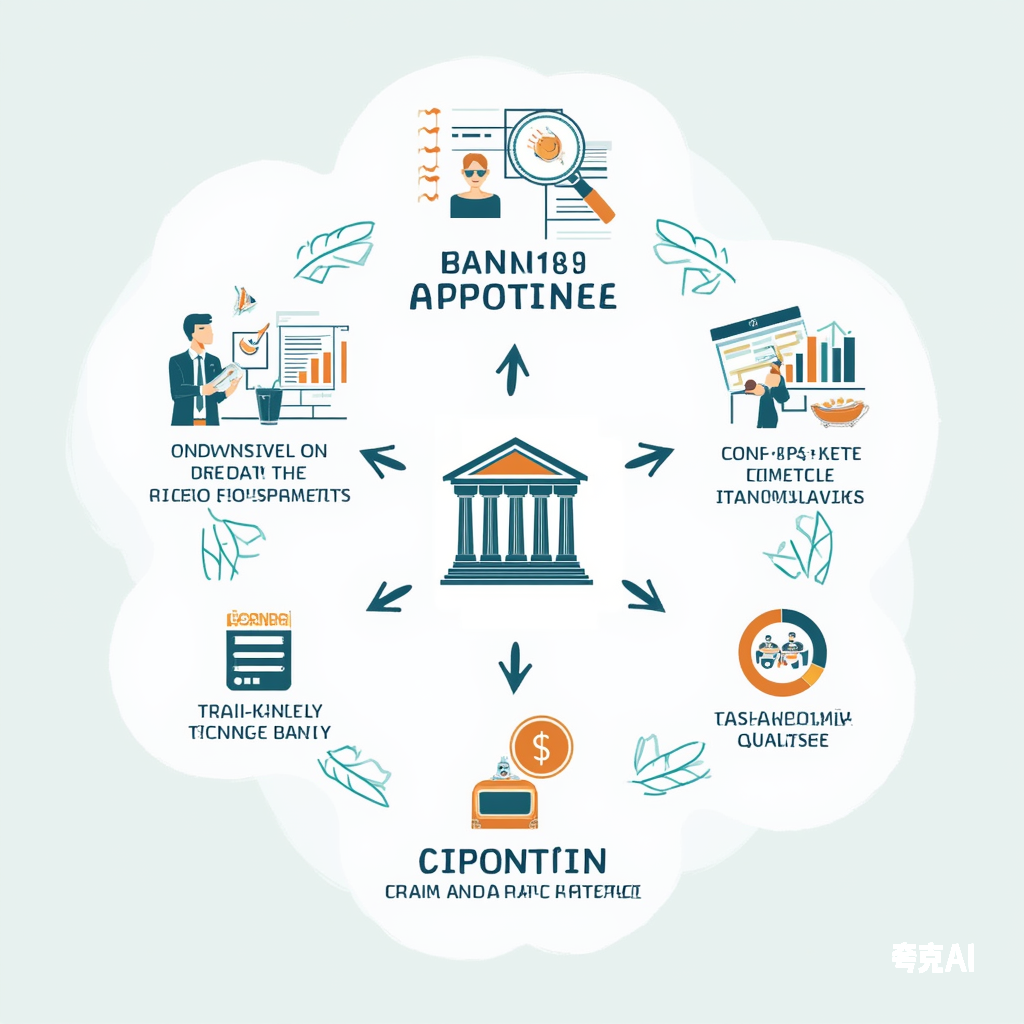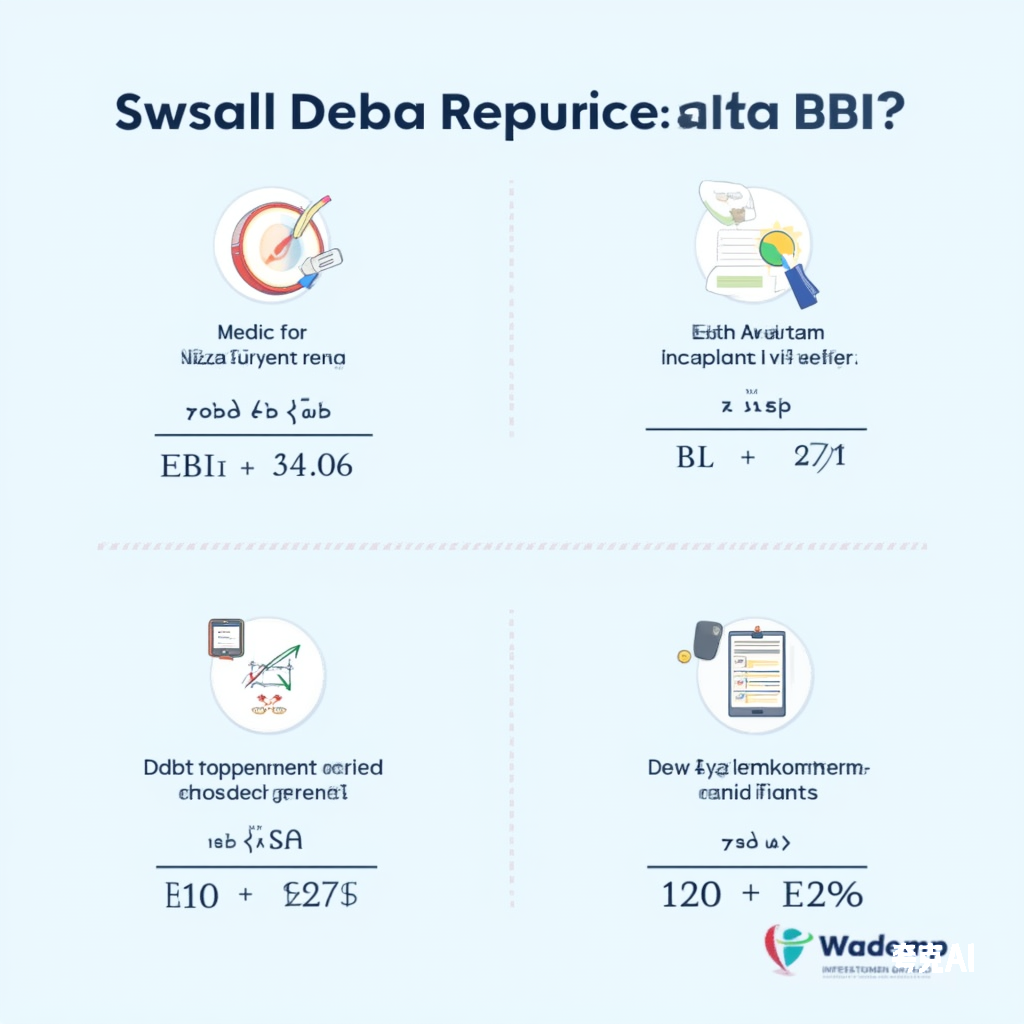4 Articles
Tags :Cash Flow Analysis

In commercial lending, risk hides in plain sight—etched into factory floors, whispered in boardroom pauses, and buried in spreadsheets. For U.S. loan officers, due diligence isn’t just about crunching numbers; it’s about decoding the unspoken language of businesses. This 3,000-word field manual reveals how to spot red flags and hidden gems through forensic-level observation, tailored for American lenders navigating manufacturing, logistics, and SMB sectors. I. Pre-Visit Intelligence: The 80/20 Rule of Preparation II. The Parking Lot Litmus Test (0–3 Minutes Arrival) III. The Reception Area Interrogation IV. The Boardroom Theater V. Shop Floor Recon: The 3 Hard Metrics VI. Departmental X-Rays VII. The Cafeteria Stress Test VIII. Culture Wall Forensics IX. The Irish Goodbye Validation X. The Paper Trail Paradox Conclusion:...

Financial statement analysis is the backbone of commercial lending decisions. Yet, 42% of loan defaults stem from overlooked red flags in financial reports. This guide reveals Wall Street-tested techniques to dissect balance sheets, income statements, and cash flows—spotting manipulation while assessing true repayment capacity. 1. The Big Three Financial Statements & Common Manipulation Tactics A. The Balance Sheet: A Snapshot of Financial Health Red Flags:✅ Inflated Assets: Fake receivables, overstated inventory (e.g., Theranos’ $1B “phantom revenue”)✅ Hidden Liabilities: Off-balance-sheet leases, undisclosed guarantees (e.g., Enron’s special-purpose entities) B. The Income Statement: Profit or Illusion? Fraud Tactics:🚩 Channel Stuffing: Booking future sales early (e.g., Sunbeam’s 60Mfakerevenue∗∗)🚩∗∗ExpenseCapitalization:∗∗Misclassifyingcostsasassets(e.g.,∗∗WorldCom’s60Mfakerevenue∗∗)🚩∗∗ExpenseCapitalization:∗∗Misclassifyingcostsasassets(e.g.,∗∗WorldCom’s3.8B fraud) C. The Cash Flow Statement: Follow the Money Case Study:A Midwest manufacturer reported 5Mnetprofit∗∗buthad∗∗−5Mnetprofit∗∗buthad∗∗−2.1M operating cash flow. Digging deeper, receivables had surged 90 days past due—a classic “sales on credit” bubble. 2....

In the world of business lending, securing a loan is no simple feat. It’s a meticulous process that involves multiple layers of screening, data verification, and risk assessment. Today, we’ll break down the key stages of business loan approval, offering insights into how lenders evaluate applicants and what businesses can do to improve their chances of success. 1. Initial Screening: The First Line of Defense 1.1 Business Age VerificationLenders often require businesses to be operational for at least two years. This is based on data from the China Small and Micro Enterprise Financial Services Report (2018), which shows that the average survival period for SMEs is 2.5 years. Younger businesses are deemed less stable and higher risk. 1.2 Legal Entity and...

Dear friends, today we’re delving into a crucial metric that can give business owners peace of mind—the Debt Repayment Ratio. This ratio serves as a “financial health check-up” for companies, revealing whether they’re thriving or on the verge of collapse. Let’s uncover the secrets behind this formula. The Core Formula The Debt Repayment Ratio is calculated as follows: Debt Repayment Ratio = Net Cash Flow from Operating Activities / (Current Maturities of Debt + Cash Interest Expenses). The numerator, net cash flow from operating activities, represents the actual cash a business earns from its day – to – day operations. The denominator, the sum of current maturities of debt and cash interest expenses, represents the total debt principal and interest...


 SinoLoanHub: Expert Business Loan Solutions for North American Companies
SinoLoanHub: Expert Business Loan Solutions for North American Companies

